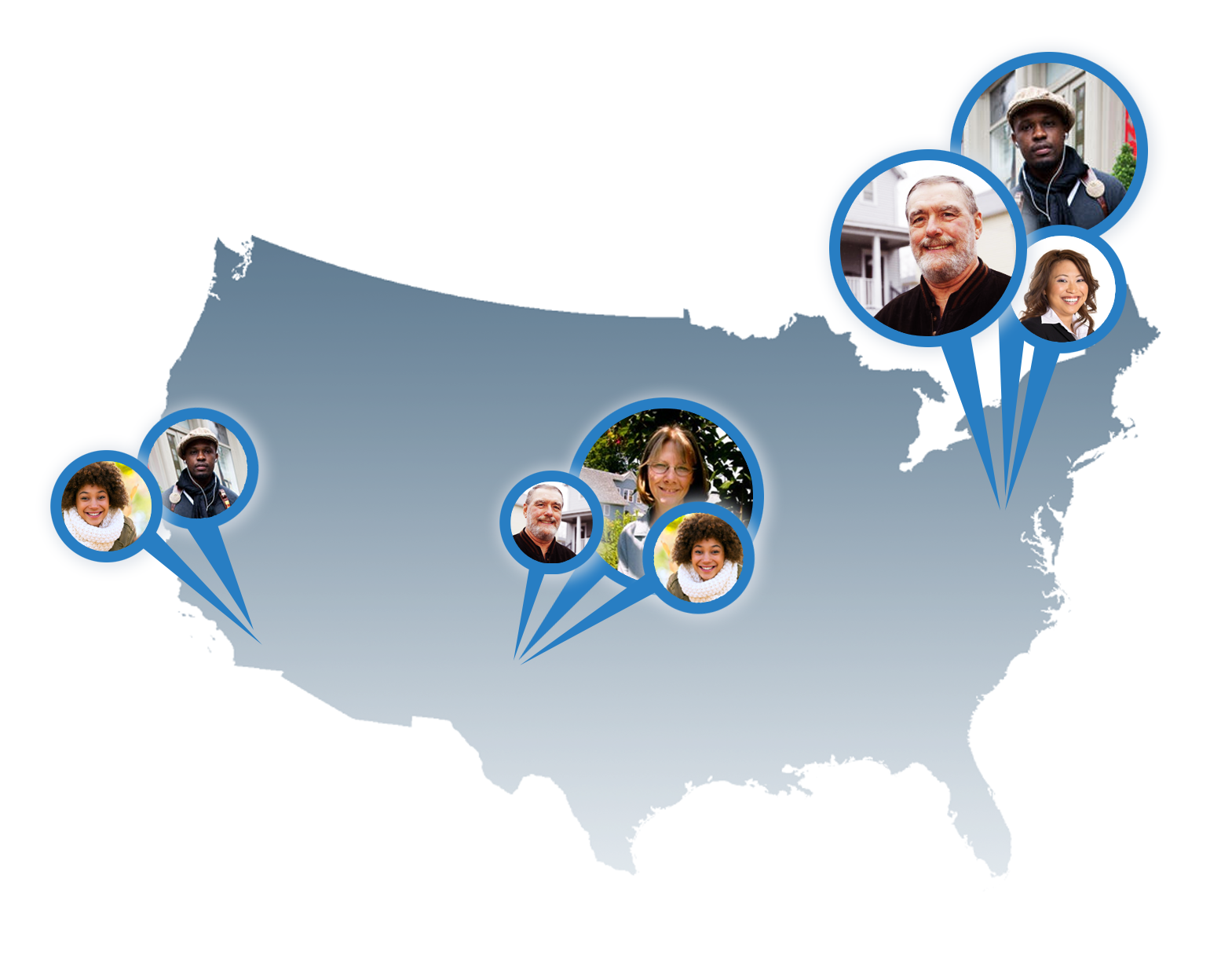
POSTED BY: Sasha Fainberg | December 21, 2016
With the advent of personalized media, it’s easier than ever to disappear into a rabbit hole of content that is custom tailored to our interests. Sometimes algorithms do the filtering, sometimes it’s just a matter of clicking on just a few preferred emails amid the never-ending tsunami. We can’t blame ourselves for cutting some corners in this turbulent flow of information!
It’s more important than ever to understand and actively pursue the narratives or metrics your world may NOT be visible in your [business] world. The consumer research industry has long traded on these principles. We send out surveys, conduct interviews, run cross tabulations, connect the dots, find trends, and declare a set of truths that represent the fairest assessment of current realities.
Truthfully, we must rewind. How was sampling done? Did the communication method have a chance at reaching the right people? Was the provided list feeding self-selection bias? How were the questions asked? Who were the populations that contributed opinions? Were conclusions statistically significant in the most objective forms of the metric? Research, in a way, is a confrontation of the unknown (hearkening back to Secretary Rumsfeld’s examination of considering ‘known unknowns’).
To truly grasp current business realities, the siren song of personalized media (and faulty information) must be resisted. Just as Facebook serves up stories based on algorithmic programming of our existing interests, it is possible that businesses are not realizing their full potential because of assumptions of customer attitudes, or a failure to speak directly to stakeholders and consumers, missing significant “nuggets” of information.
Consider these situations:
a. A sales department is blind-sighted by contract non-renewal (clients have never been asked their satisfaction with current processes, and there is a crisis of confidence in the product road map)
b. A loyalty program flounders at retail locations (staff operates cautiously since there hasn’t been sufficient communication for them to understand a corporate initiative)
c. A membership organization sees a plateau in new sign-ups (little value was assigned to the offering since it didn’t speak to life demands of potential members)
So, gather data, question it always, and make sure multiple paths are being considered. For research studies, this means to include non-customers as a segment, to see what a non-engaged demographic may believe about your brand. It can also mean merging multiple internal and external data sources to see if they tell the same story. Even asking employees, rather than board members, about their projections, can reveal previously undiscovered truths and guide leadership’s vision and decisions.
It’s up to us to heed Shakespeare’s advice, which rings truer now more than ever: “a fool thinks himself to be wise, but a wise man knows himself to be a fool.” May we continue to get closer to objective truth by examining the fallibility of our own information systems, then course-correcting with carefully considered data gathering efforts. A robust information audit is the key to acting with confidence.
This article was originally published in the December 2016 issue of the Hendricks County Business Leaders publication.

